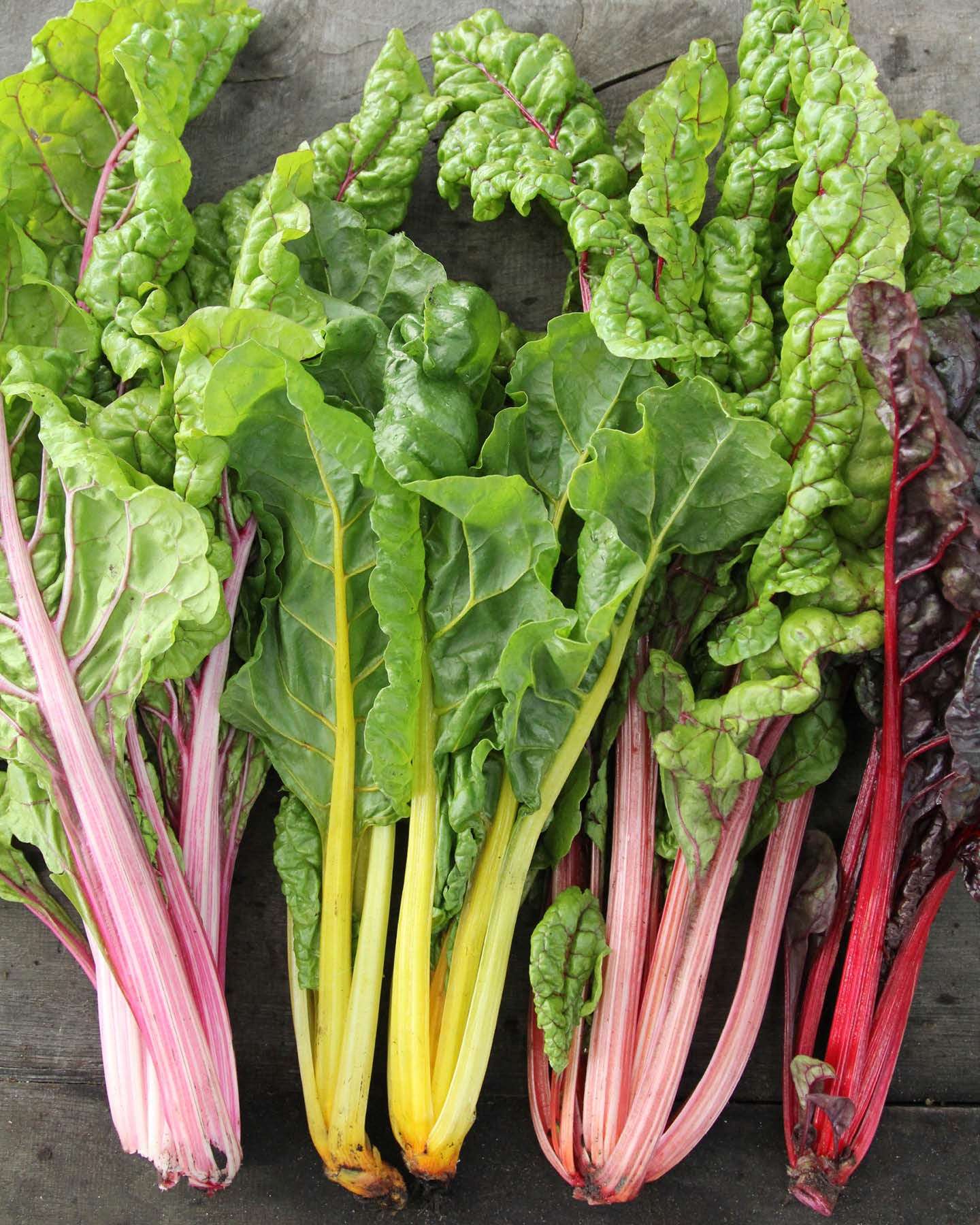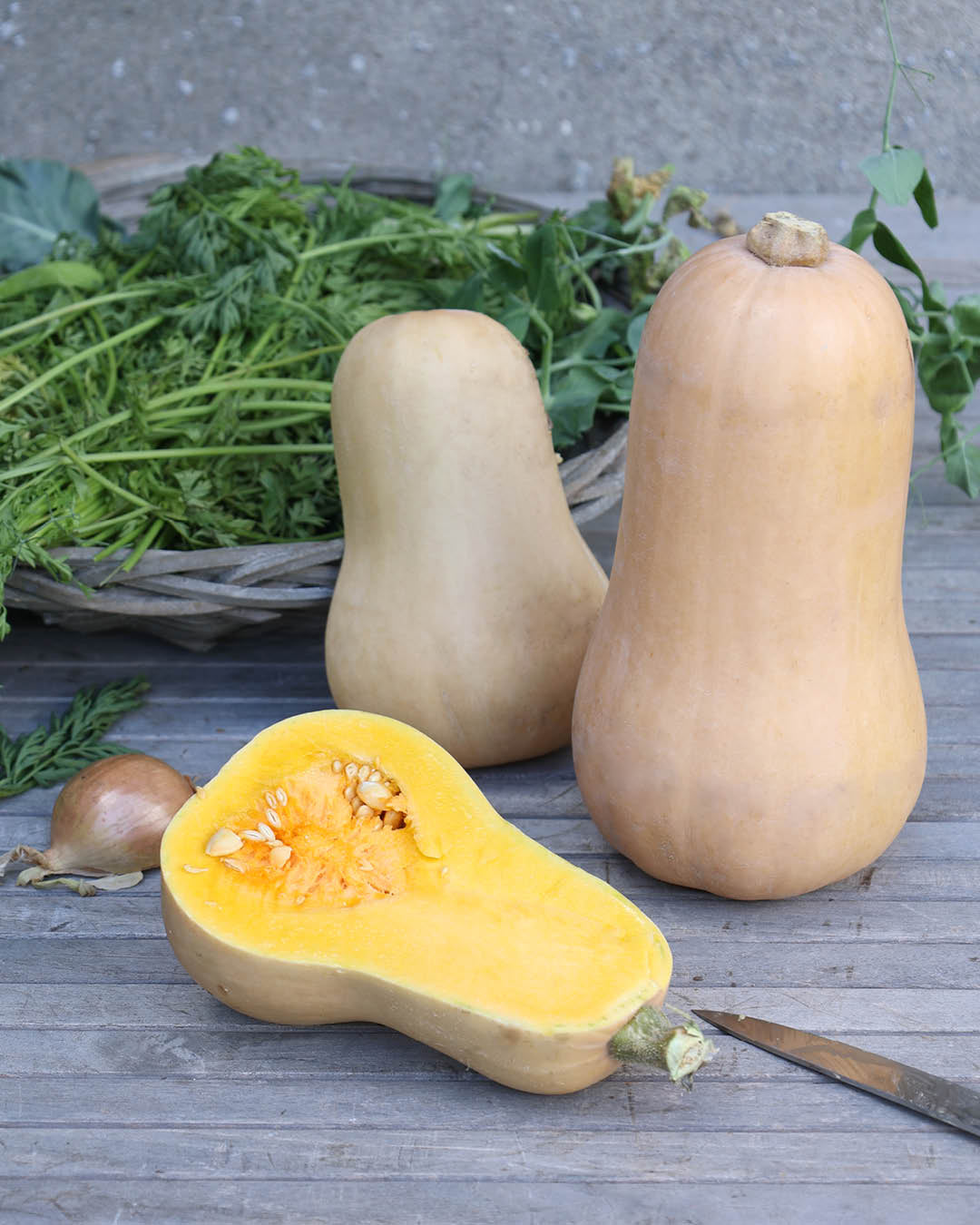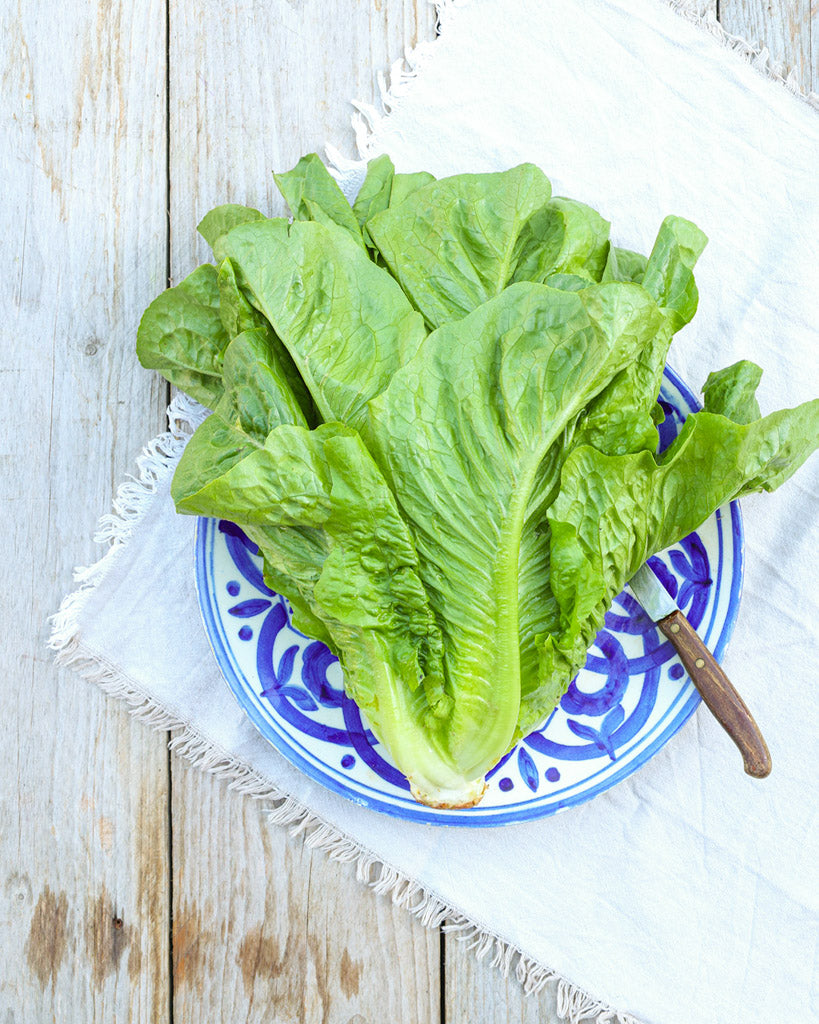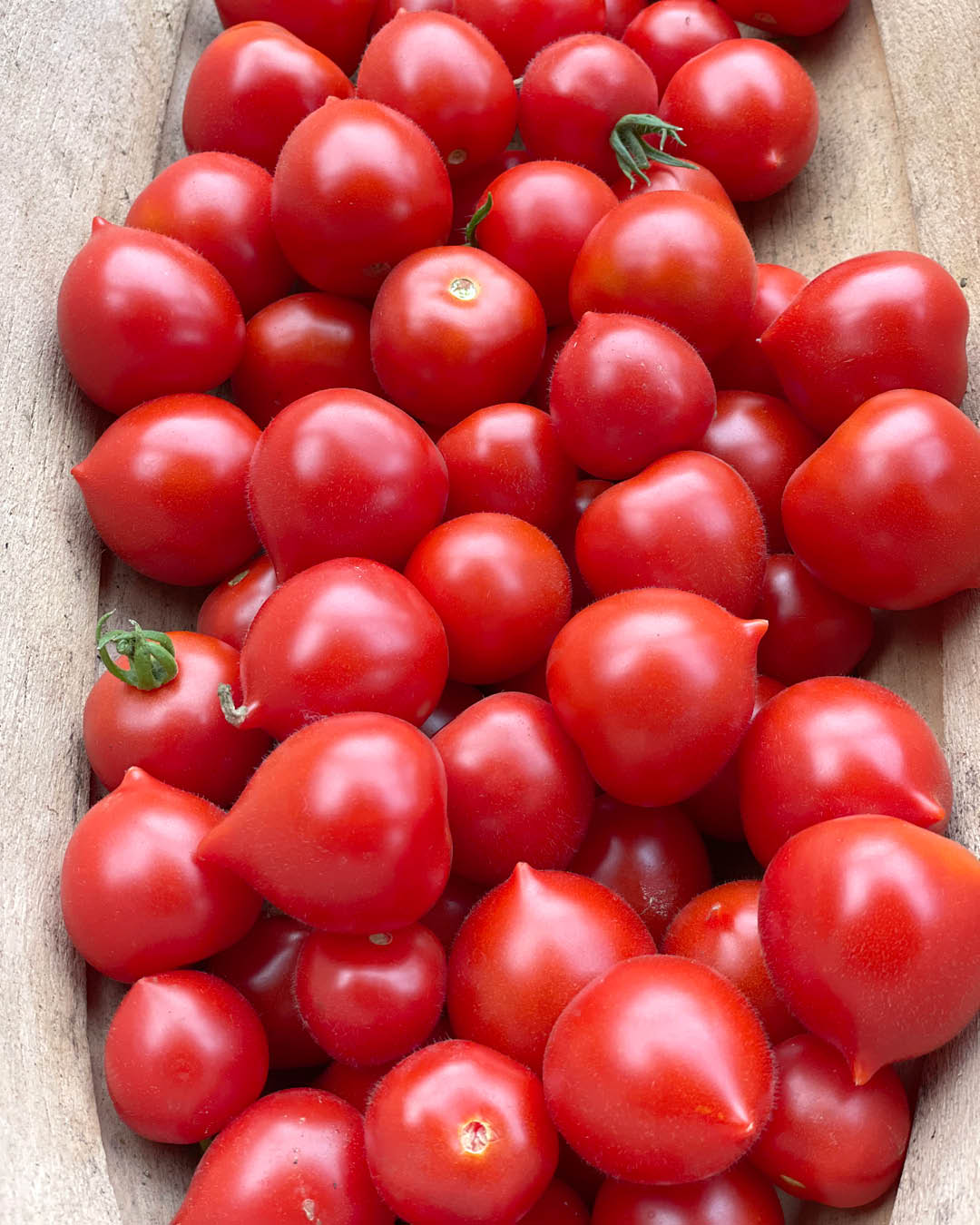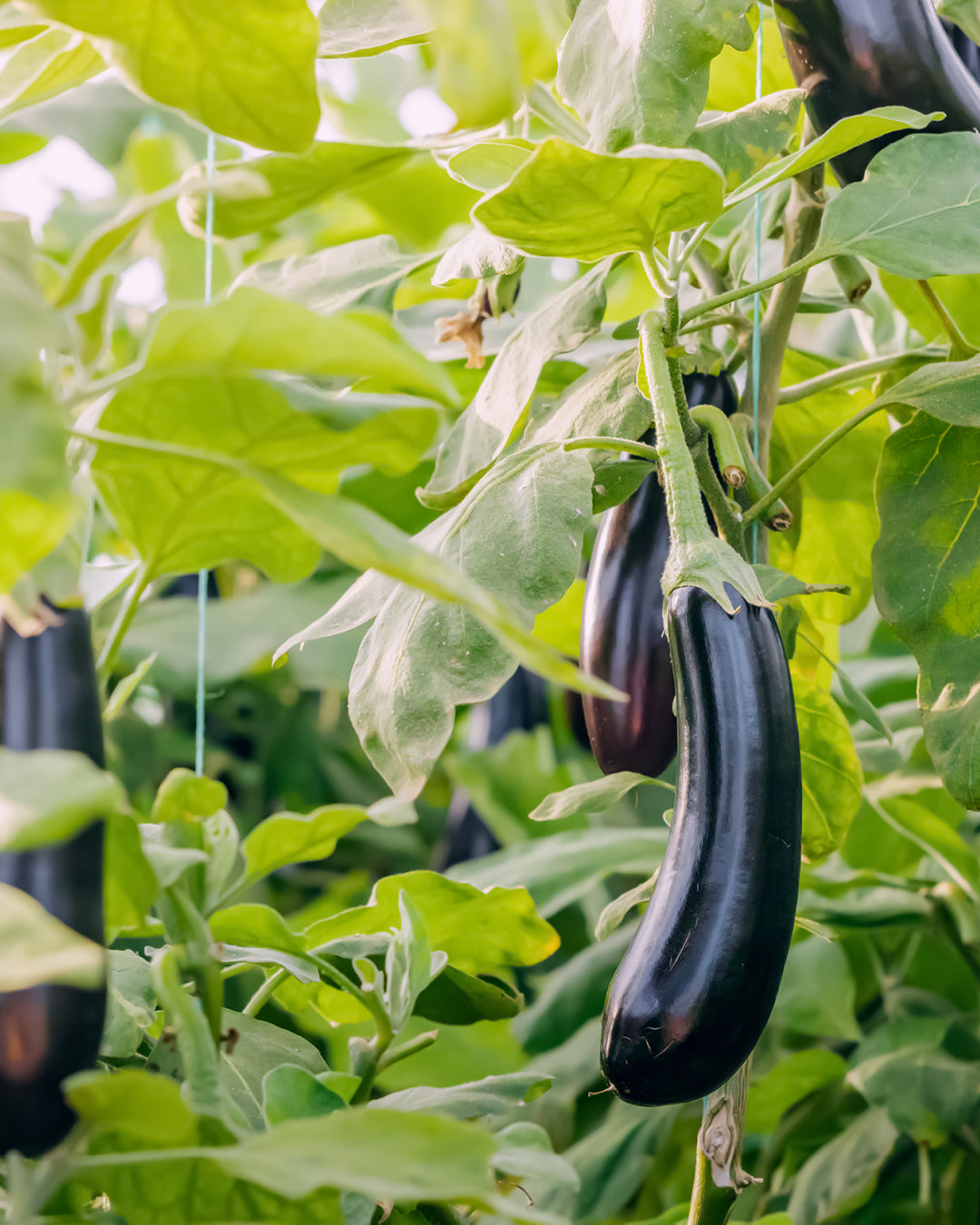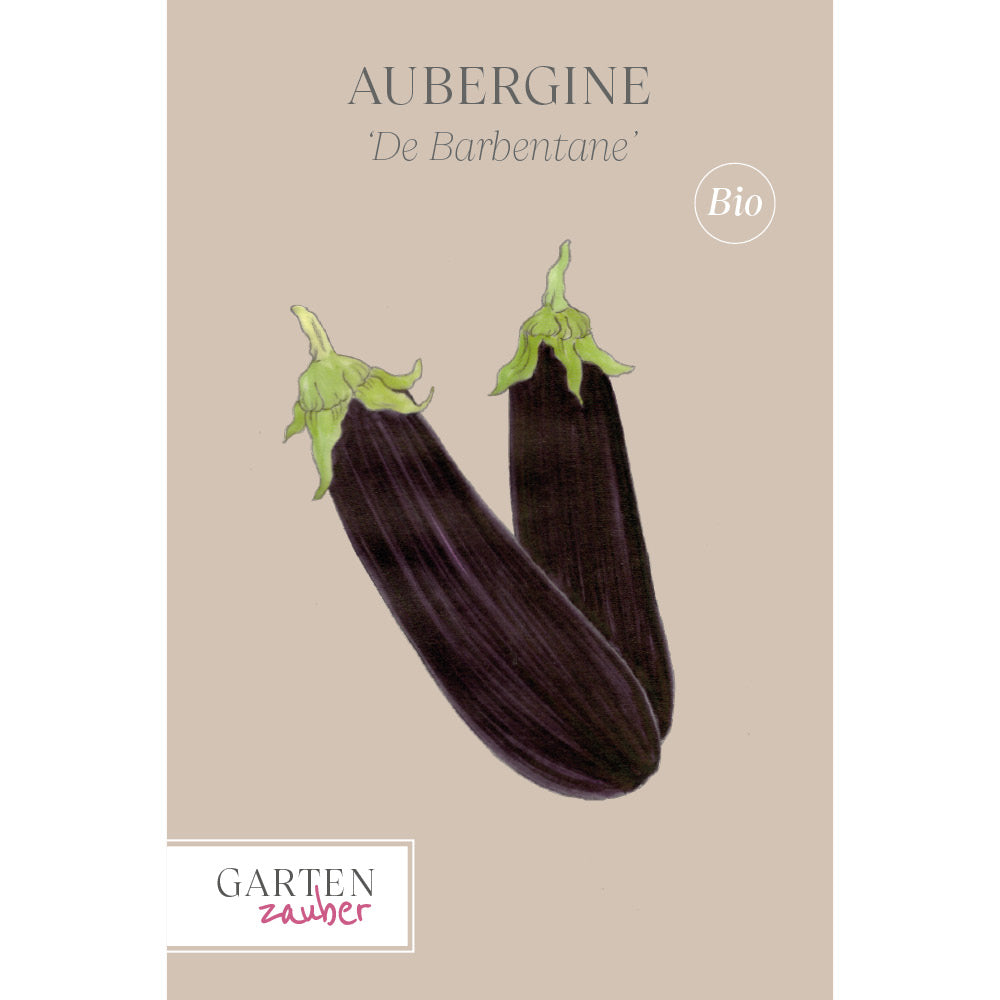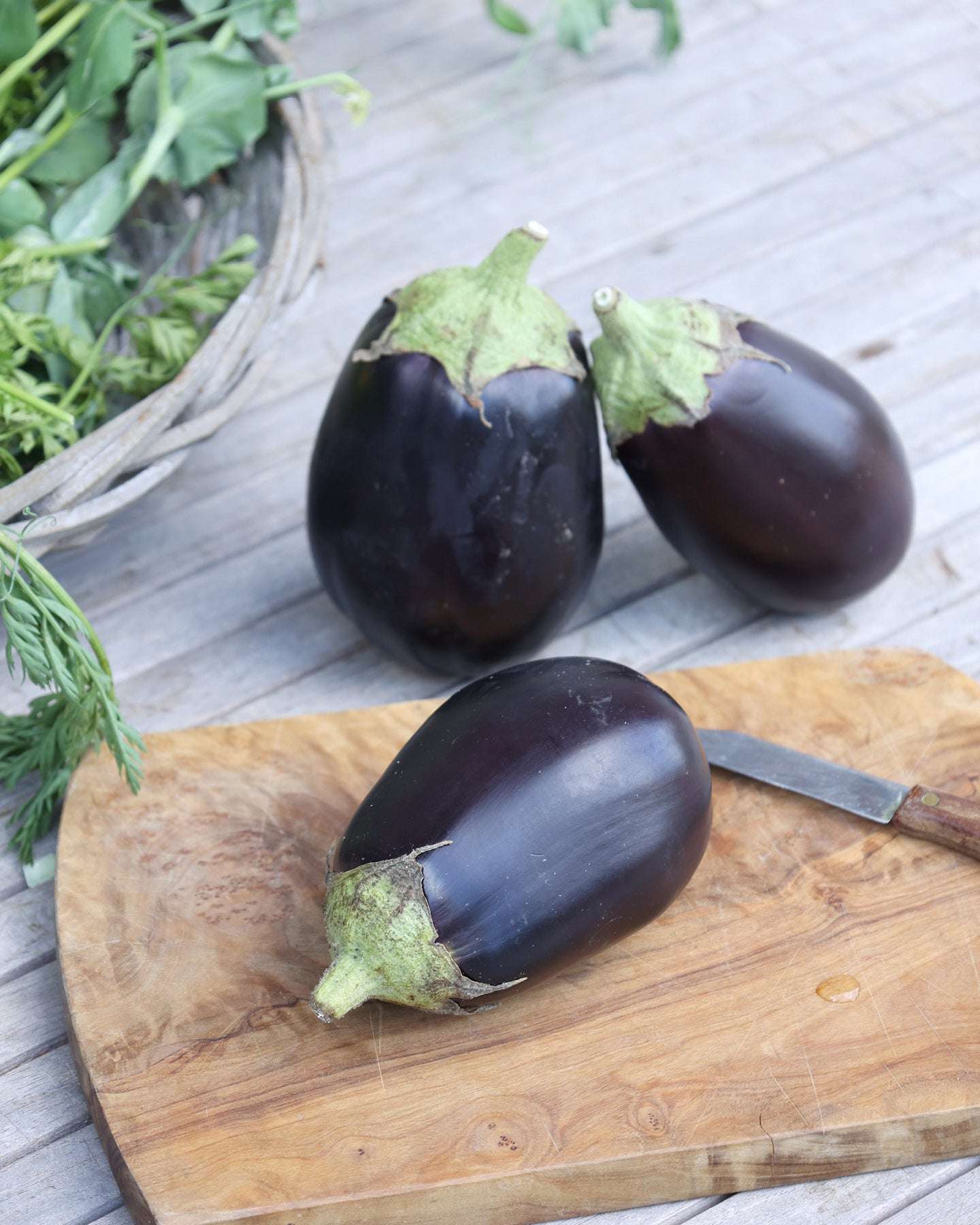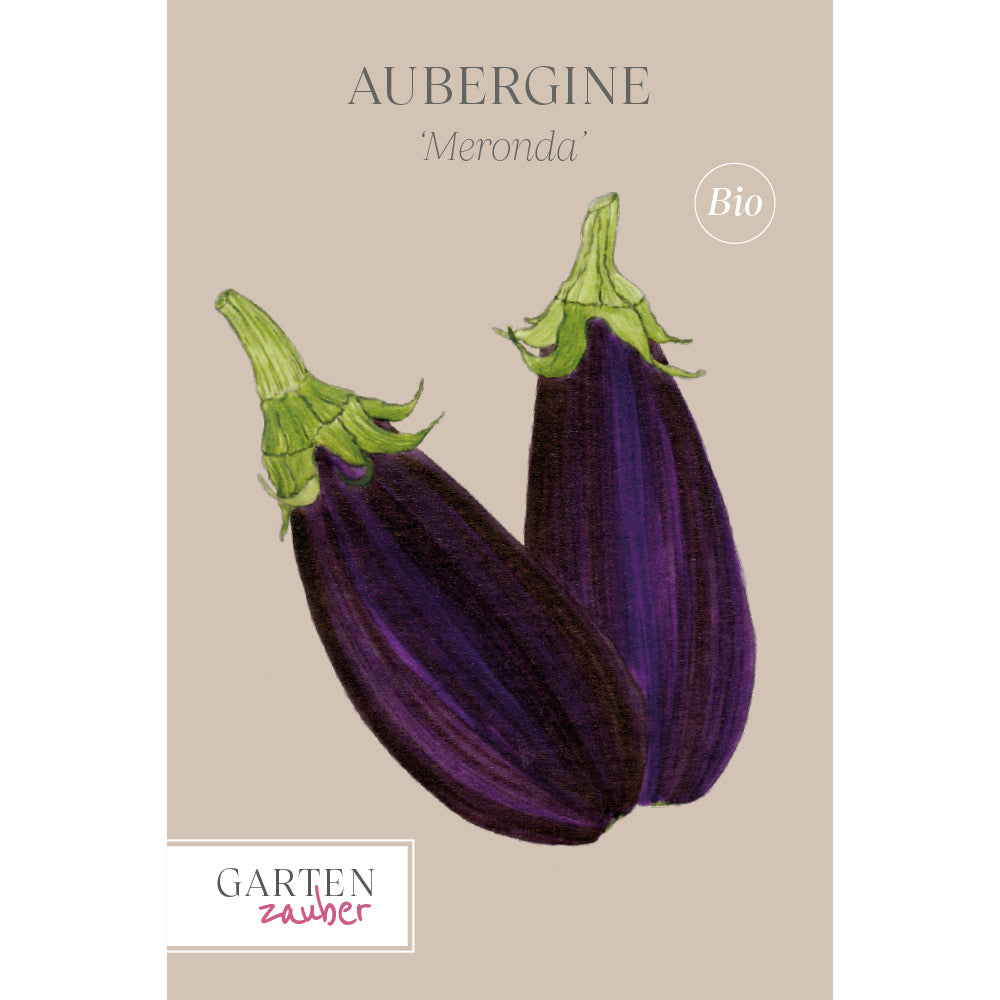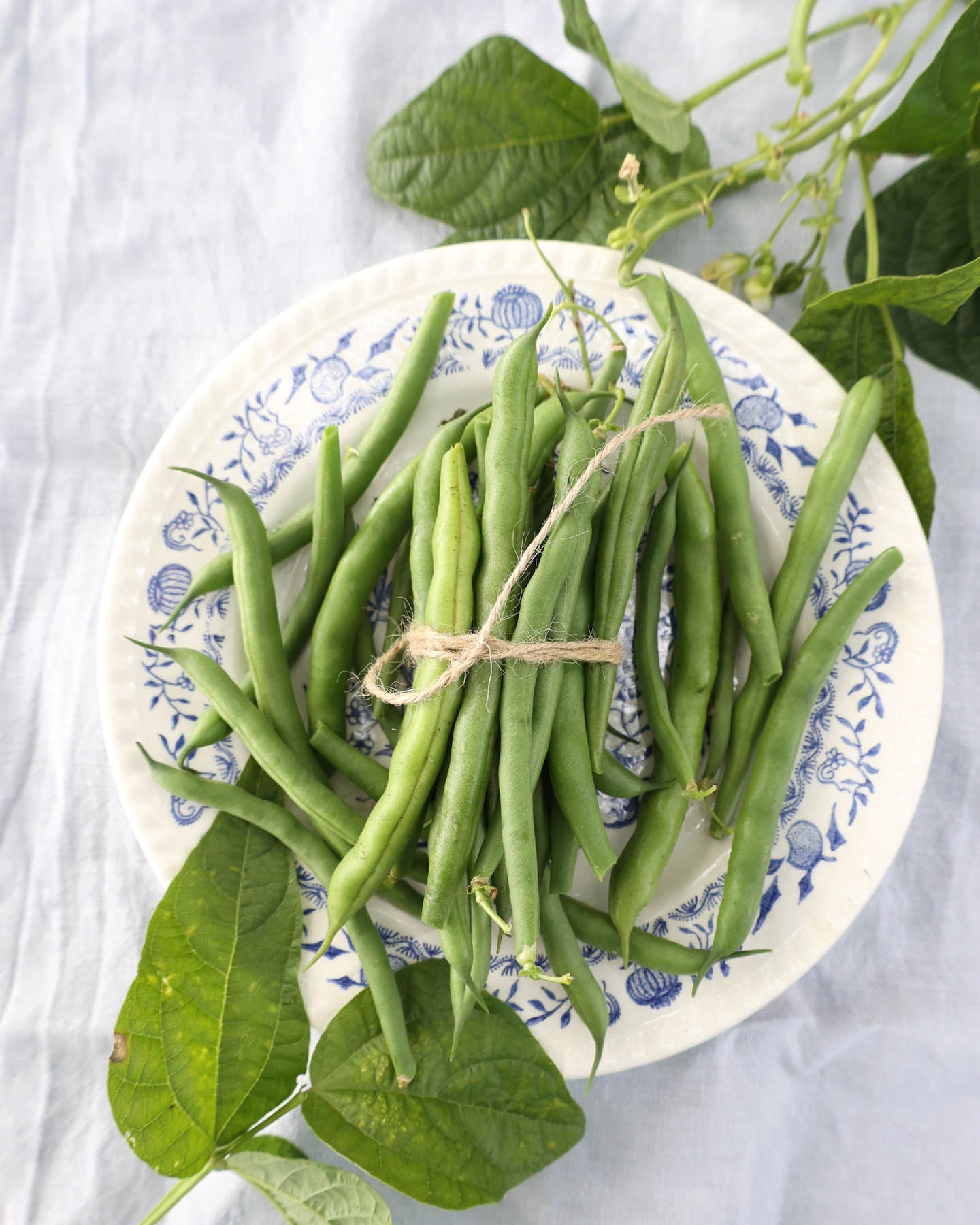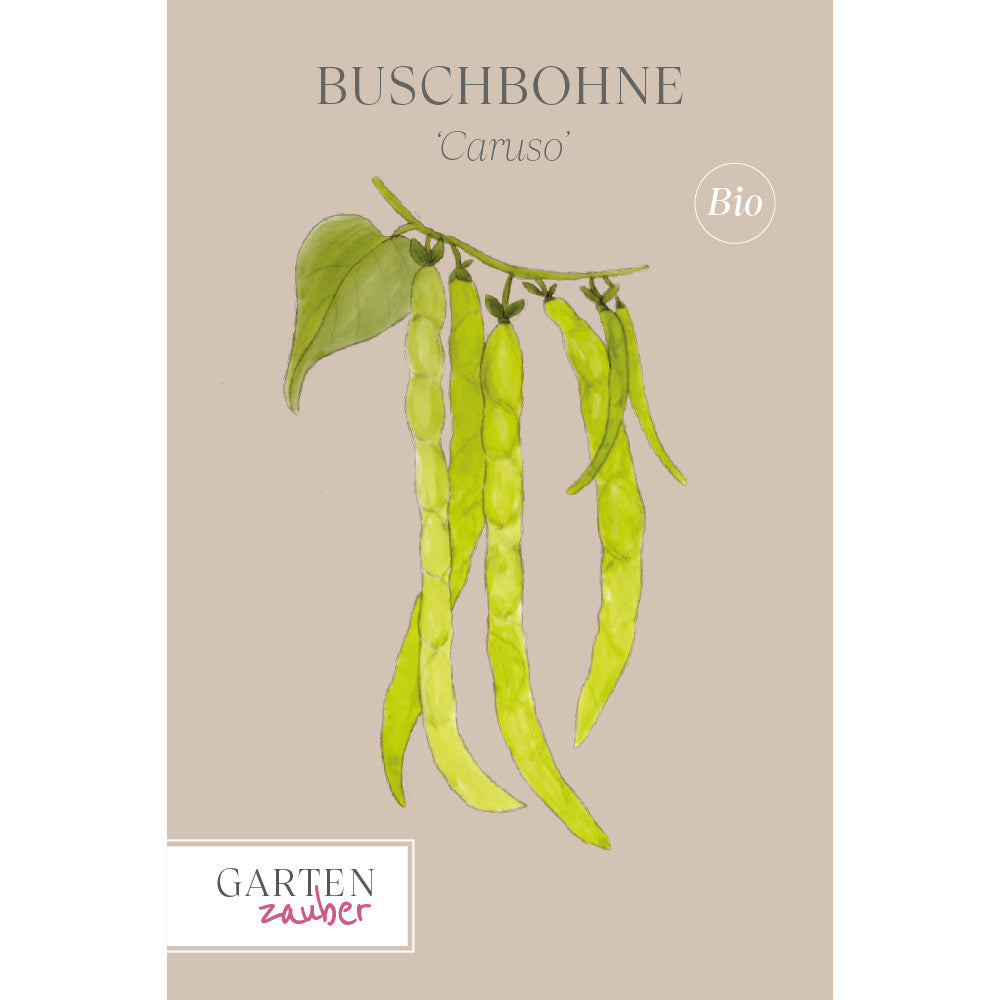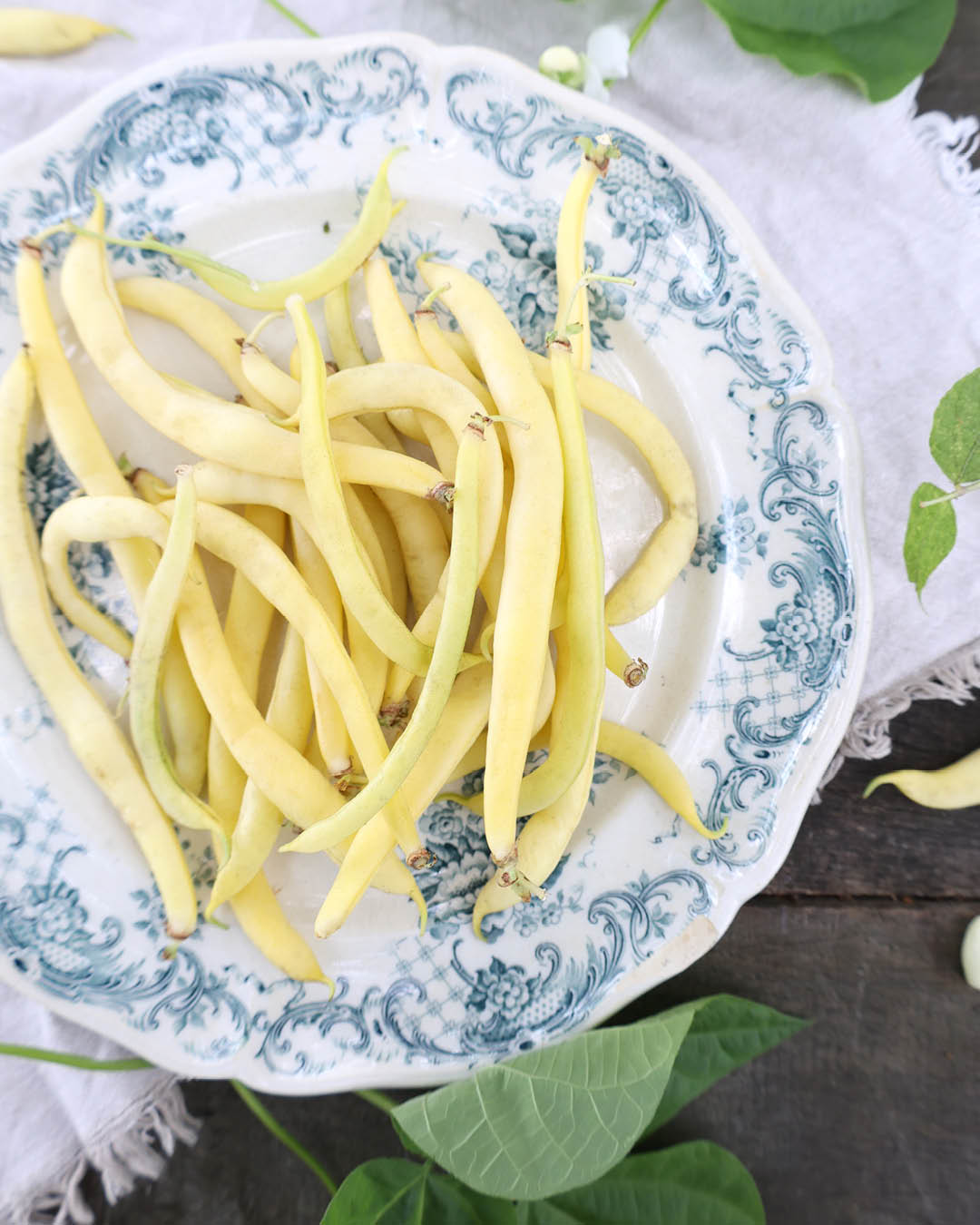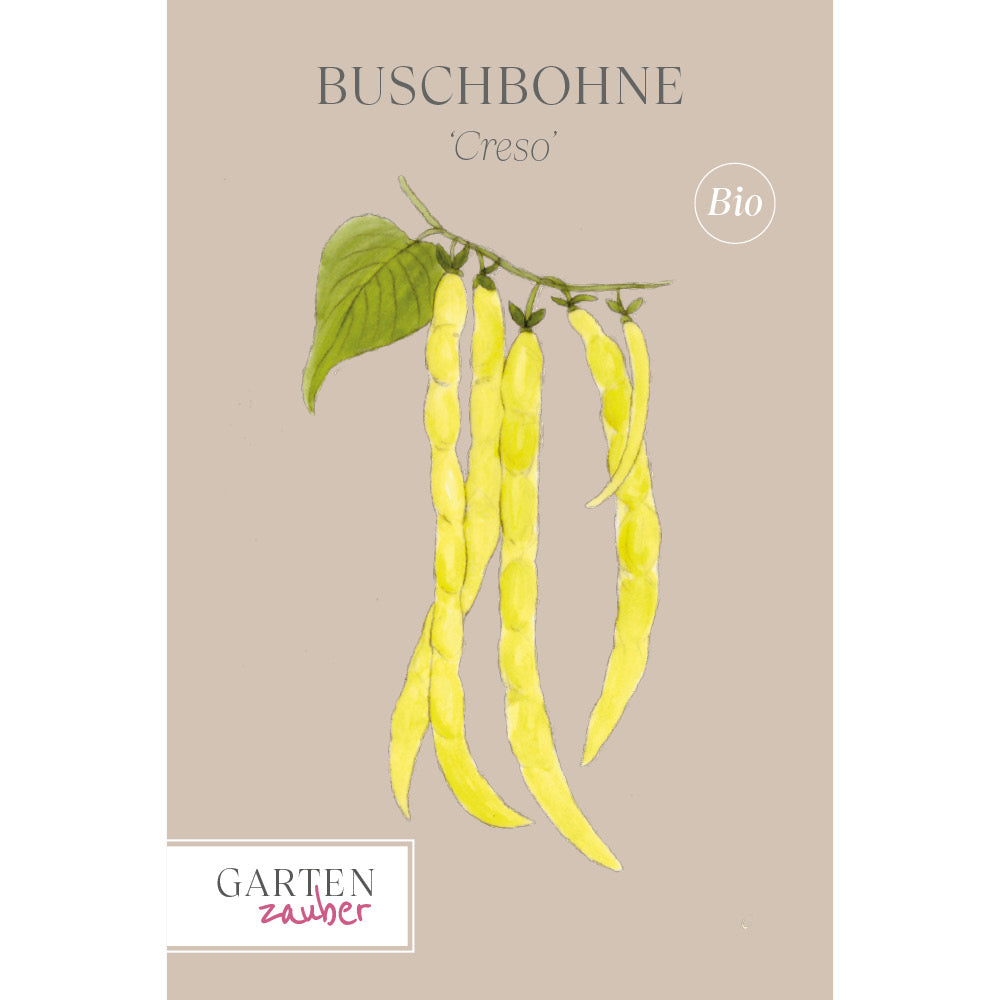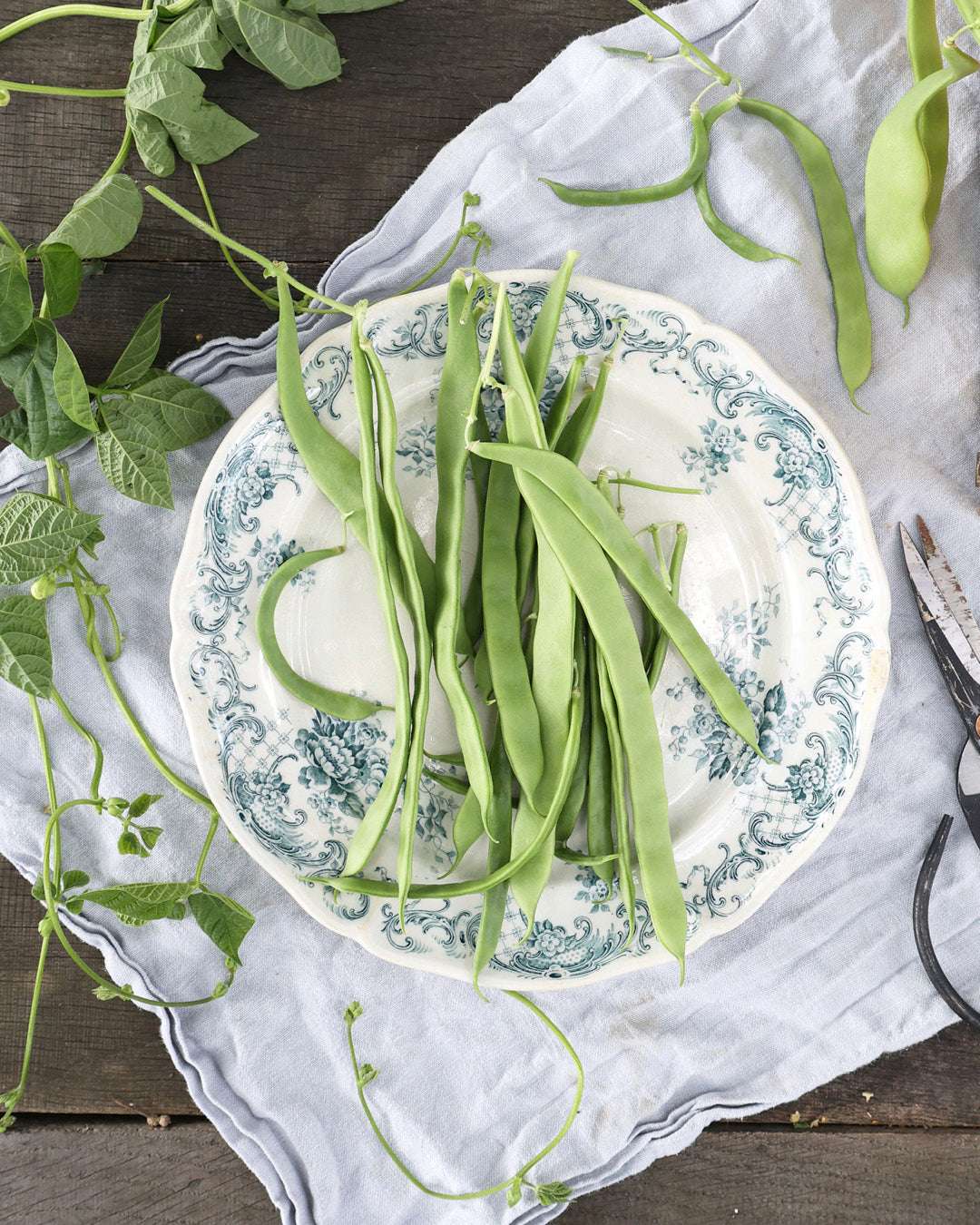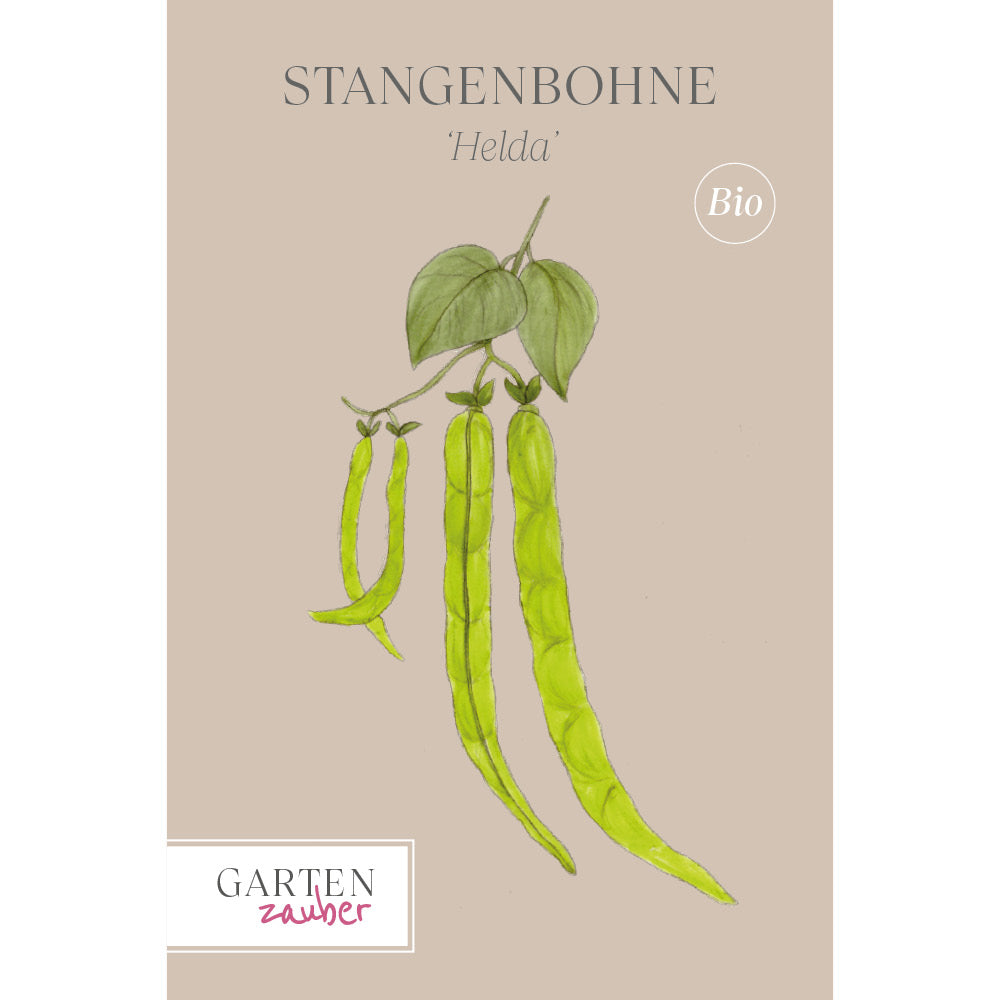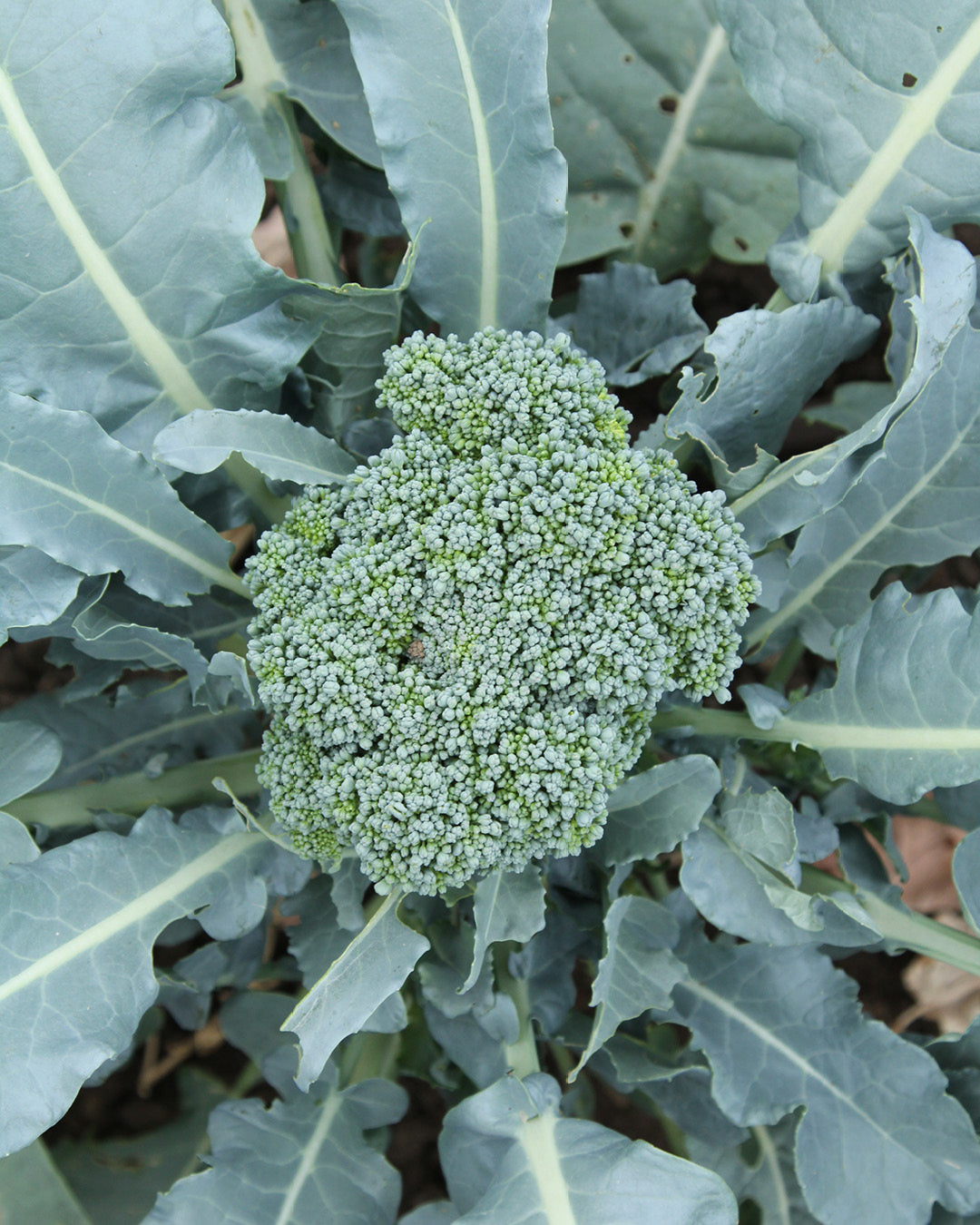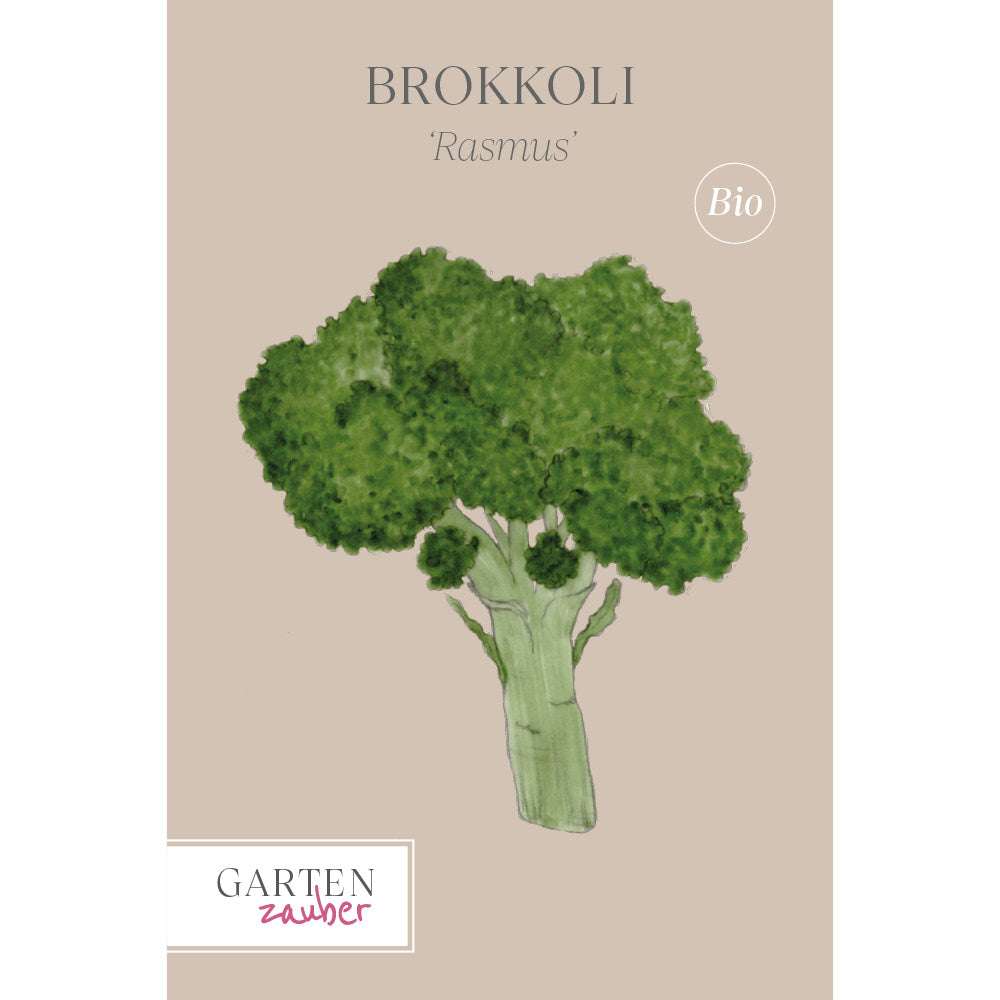What grows where?
The garden is a cultural space in which we work with living materials – plants. An understanding of nature's numerous habitats helps us design our garden spaces.
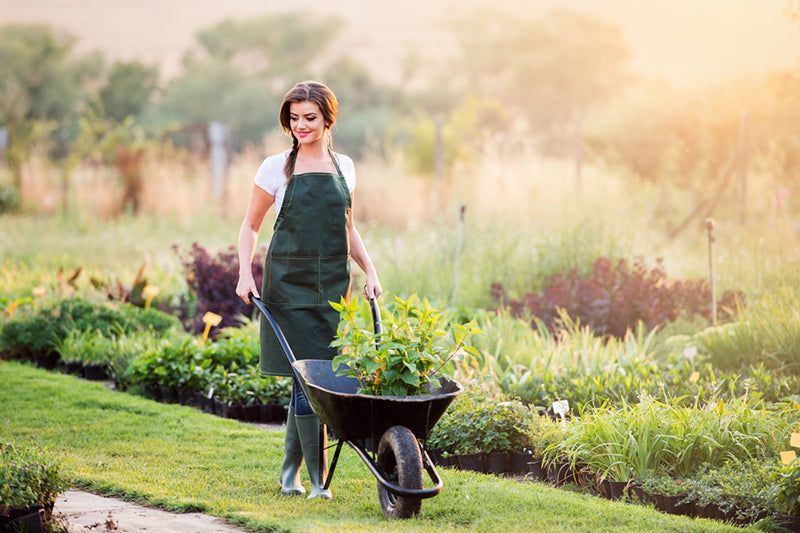
In nature, plant growth can be found on the heaviest soils just as much as on extremely light soils, although the situation is apparently different there, somewhat sparser. Consider sand dunes by the sea. These are often very light soils that can barely retain rain. The plants that thrive there have to make do with occasional rainfall or morning dew, while salt and wind exacerbate drought stress. They can only meet their nutrient needs with very wide and deep root systems. Individual plants are often very far apart. Another, extreme location is the ground-level herb layer in an old deciduous forest, where only in winter and early spring does enough light reach the ground for a few spring-flowering plants to thrive. These then disappear in summer, and on the ground, apart from mosses, only a few grasses, sedges, and a few ferns grow.
Living areas in the garden
If you compare a garden with nature, you'll notice that parallels can always be found and situations from nature can be transferred to the garden. A plant that grows in a similar location in nature will also thrive in a similar location in the garden. Natural plant communities can therefore serve as a model for garden design. Gardeners refer to this type of nature-inspired garden and bed planning as site-appropriate plant use. Any deviation from this method should always be carefully considered, because a plant that is not in the right place will not thrive as well or as permanently, will be less vital, and will require significantly more work and care than necessary. Conversely, for our difficult garden locations, this means that we should not try to make a plant native to a completely different habitat than its natural habitat. Unless, of course, it is a generalist. Habitats are particularly important for extreme garden locations. In saturated medium areas, where – as practice shows – almost anything can grow, this can be handled more loosely. We roughly differentiate between habitats according to woodland, woodland edges and open spaces, according to stone structures in various forms, and according to water areas with the adjacent locations of water edge and swamp.
Open space and flowerbed
We refer to sunny locations on normal, average garden soils with a high dose of sunlight as open spaces. The soil can be dry, moist, or "fresh"—anything in between. Very good growing conditions usually prevail here, and the most wonderful plantings are easily achieved. Potential stress factors for garden plants here include competition between plants or—less pleasant, but unfortunately very typical—unwanted weeds that harass our cultivated plants. The classic flowerbed or the famous English "mixed borders," with their strong focus on opulent blooms, have no real equivalent in nature, even if the location resembles a fresh to moist open space, usually with higher nutrient levels. These highly artificial compositions on the best soils are granted a higher demand for care and maintenance anyway, and thus are not the focus of this book. Growth restrictions or weeds are not discussed here; they are discreetly removed.
Steppe heath and stone structures
If the soils are shallower, stony, and nutrient-poor, the open space transitions into more extreme habitats. So-called steppe heaths are already so poor that the growth only reaches knee height at most and appears sparse at first glance. Adapted wild perennials, grasses, or shrubs are far superior to traditional garden varieties here. Rocky steppes are even more stressful. Here, there is virtually no humus left in the soil, only rock, gravel, and crushed stone. Accordingly, slow growth prevails, with stunted growth forms, subshrubs, and cushions dominating. Why do we put ourselves through such a thing? Isn't dark, fragrant humus much better for garden plants? The answer is "yes and no," because the most interesting plants actually come from such natural habitats, are more durable on poor soil, and require surprisingly little maintenance in such locations. Anyone who enjoys collecting miniature plants needs an alpine garden. These precious dwarfs are best cultivated in stone joints and gravel areas, and only there. Of more interest to us here are the extremely dry locations, which don't require a meticulous distinction between steppe heath and rocky steppe to be planted appropriately. Gravel beds and many "modern" front gardens called "rock gardens" also fall into these categories.
Dry, alternating soils
Soils that are normally fresh to moist but lose water after prolonged periods of drought pose a particular challenge, especially when the dreaded winter waterlogging occurs. Such intermittently moist locations place special demands on plants because they must tolerate both a lack of air in the soil and periods of drought. If the problem cannot be remedied through structural measures, plantings from the ranks of generalists that thrive almost everywhere are recommended. The best way to find inspiration here is to adopt attractive species from floodplain meadows and spring-wet tall herbaceous plants for these special locations, creating a sensible and appealing planting.
Extremely dry locations
Things get really difficult when barely any rain reaches the ground beneath a canopy, or when a roof with limited load-bearing capacity is being planted. There are a limited number of proven species for shallow substrate layers on roofs. These are predominantly sedums or houseleeks. Some leek species also perform well, even on roofs with very little soil cover. The limits of what is possible are reached when a north-facing or otherwise shady roof overhang is to be planted, and this above the house drainage system, so that rainwater neither reaches nor is retained. Installing an irrigation system on the house drainage system to enable lush green vegetation there would be a somewhat peculiar idea. The additional problem in addition to the dryness is the lack of light, which rules out the numerous sun-hungry, water-saving plants from southern mountains. However, these plants, together with outdoor cacti, are best off on a sunny southwest side. For very shady and permanently dry places, however, irrigated plant pots are a good recommendation.
Woodland and woodland edge
Two distinctly connected habitats that almost seamlessly merge into one another are the woodland edge and the wooded area. The various gradations of the vague term "partial shade" are particularly common in established home gardens. Here, you'll find groups of trees that completely shade areas; in other places, the midday sun hits the ground briefly before gradually moving on, giving the shade its refuge. For us, fans of extreme locations, these transitional habitats are particularly interesting when they are affected by summer drought due to tree roots growing close to the soil surface. This happens regularly under trees and distinguishes these locations from those along walls, for example, which are also (partially) shaded but have no root pressure. In contrast to the aforementioned locations under eaves, dry shade under trees only occurs temporarily, namely in summer when the leaves are in full bloom. During the other seasons, however, it can be quite humid, allowing many plants to thrive there.
Adaptation artist
A beautiful example of the flexibility of plants in their habitats is the Ruthenian globe thistle. In its natural habitat on dry mountain slopes, it is often so sparse that it only reaches heights of between 20 and 40 centimeters. In garden cultivation, however, it readily grows to 130 to 160 centimeters in well-fertilized and moist soils. This makes it one of the plants that thrives in sunny locations with a variety of soils and with varying water and nutrient supplies. Such plants are ideal for use at the transitions between heterogeneous locations. In general, all plants in gardens tend to grow significantly taller and stronger than they would in nature under truly competitive conditions. While the globe thistle is an example of a perennial with great tolerance to very different water and nutrient conditions, there are also species that can cope with different light situations. They also act as mediators between habitats. One example is the candle knotweed (Bistorta amplexicaulis), which has become increasingly popular in recent years. It copes just as well with full sun as it does with semi-shaded situations at the edge of woodland and can be planted as a group exactly between these areas.
Garden areas
In your own garden, you usually only have to deal with a few habitats, especially the smaller the garden. The better you recognize and define your own garden zones, the easier it is to select plants. Garden centers indicate the preferred habitat for all plants they offer, whether bulbs, grasses, perennials, or woody plants. They often also provide additional information on the required moisture level (dry, fresh, moist), planting distances, and normal growth in both width and height. Especially inexperienced gardeners are advised to choose plants within a habitat. Especially in more or less extreme locations, this allows you to cultivate attractive and sustainable plantings and largely avoid disappointment.
← vorheriger Post: Bee-friendly perennials: autumn anemone, yarrow, scented nettle & Co.
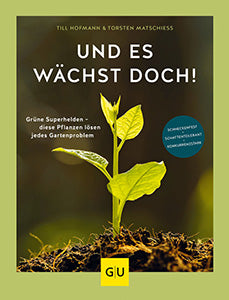
The content of this article is from the book:
Till Hofmann / Torsten Matschiess
And it is growing!
Price: 16.99 € (D) / 17.50 € (A) / 21.90 SFr
ISBN: 978-3-8338-6535-0
Publisher: GU
What gardener hasn't experienced this? Slugs are destroying flowering perennials, ground elder is overgrowing all the other plants in the garden, and every single plant in the sunny spot on the south side of the house has dried out. Here's a solution! This guide offers tried-and-tested, attractive planting recommendations for problem locations and all kinds of special garden situations.

